Home>Garden Essentials>How To Get Rid Of Jasmine Ground Cover
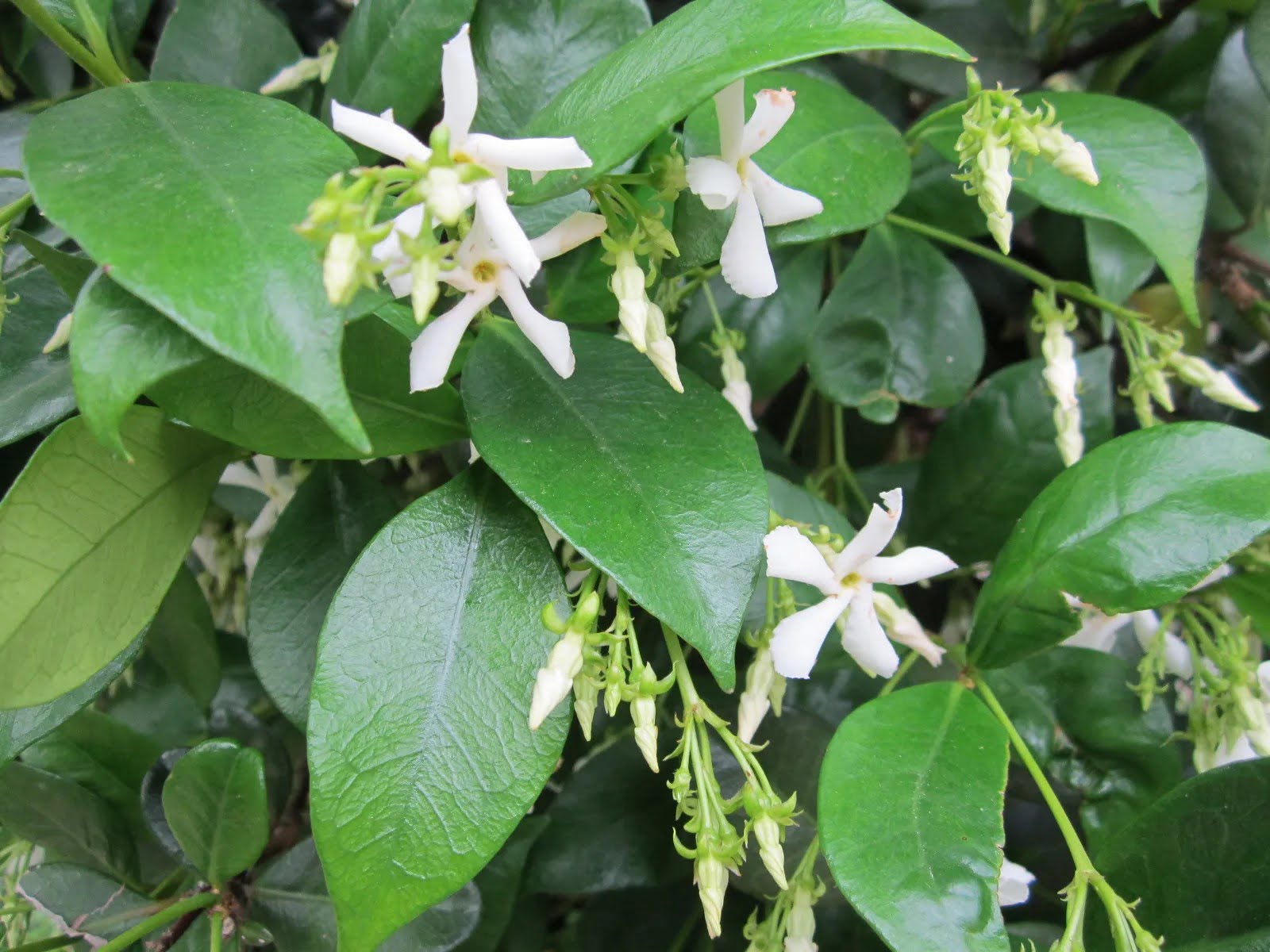

Garden Essentials
How To Get Rid Of Jasmine Ground Cover
Modified: March 7, 2024
Learn the best techniques for removing jasmine ground cover from your garden. Expert tips and step-by-step instructions to reclaim your outdoor space.
(Many of the links in this article redirect to a specific reviewed product. Your purchase of these products through affiliate links helps to generate commission for Storables.com, at no extra cost. Learn more)
Introduction
Do you have jasmine ground cover taking over your garden? While jasmine can add beauty and fragrance to any outdoor space, it can quickly become invasive and overpower other plantings. If you find yourself in this predicament, fear not! In this article, we’ll explore effective methods for getting rid of jasmine ground cover and reclaiming your garden.
First, let’s understand a bit about jasmine ground cover. Jasmine is a climbing vine that can spread rapidly, forming a dense carpet-like cover on the ground. While this may seem aesthetically pleasing initially, it can become a problem when it starts to choke out other plants and take over the entire garden. Removing jasmine ground cover requires a strategic approach to ensure successful eradication.
Before diving into the methods for eliminating jasmine ground cover, it’s important to assess the need for removal. Are you satisfied with the presence of jasmine ground cover in your garden? If not, here are a few reasons why you might consider getting rid of it:
- Overgrowth: Jasmine ground cover has the tendency to spread rapidly and overtake other plants in your garden. If you notice it is outcompeting your desired plantings or blocking sunlight from reaching them, removal may be necessary.
- Invasiveness: Jasmine ground cover can be invasive and difficult to control. If you don’t keep it in check, it has the potential to spread beyond your garden and invade neighboring areas.
- Allergies: Some individuals may be allergic to jasmine, especially when it blooms. If you or someone in your household has allergies, removing jasmine ground cover can help reduce symptoms.
- Maintenance: Maintaining jasmine ground cover can be time-consuming and labor-intensive. If you’re looking to simplify your gardening routine and reduce the amount of upkeep needed, removing jasmine ground cover is a good solution.
Now that you’ve determined the need for removing jasmine ground cover, let’s explore different methods to accomplish this task. There are several approaches you can take, depending on your preference and the extent of the infestation. In the upcoming sections, we’ll cover manual removal, chemical treatment, smothering, and solarization.
Key Takeaways:
- Say goodbye to invasive jasmine ground cover with manual removal, chemical treatment, smothering, or solarization. Reclaim your garden and enjoy a healthier, more manageable outdoor space.
- After removing jasmine ground cover, care for the area by cleaning up, improving soil, controlling weeds, and maintaining a garden schedule. Create a thriving, invader-free garden space.
Read more: How To Manicure Jasmine Ground Cover
Understanding Jasmine Ground Cover
Jasmine ground cover, scientifically known as Trachelospermum jasminoides, is a fast-growing evergreen vine that is commonly used to add beauty, fragrance, and ground coverage to gardens. Native to East Asia, this plant has become popular in many regions around the world due to its attractive white, star-shaped flowers and glossy green foliage.
As a ground cover, jasmine has the ability to spread rapidly, thanks to its vigorous growth habit and trailing stems that readily root wherever they touch the ground. This allows it to form a dense and lush carpet-like cover, which can be both beneficial and problematic depending on the situation.
One of the main advantages of jasmine ground cover is its ability to suppress weed growth. By forming a dense mat, it smothers out competing weeds and reduces the need for additional maintenance. In addition, the fragrant blossoms of jasmine can provide an enchanting atmosphere and attract pollinators, such as bees and butterflies, to your garden.
However, the very traits that make jasmine ground cover desirable can also create challenges. Its rapid growth and ability to spread aggressively can quickly take over other plantings in your garden. Without proper containment, jasmine can become invasive and dominate the landscape, outcompeting and smothering out other desired plants.
Jasmine ground cover is typically evergreen, meaning it retains its leaves year-round, providing year-round coverage and color to your garden. However, in colder climates, jasmine may lose its leaves during winter and re-emerge in spring. This deciduous behavior can impact its coverage and growth, and should be taken into consideration when planning and maintaining your garden.
It’s important to note that different varieties of jasmine ground cover may have slightly different growth habits and characteristics. For example, some varieties may have variegated foliage, while others may have larger or smaller flowers. Consulting local gardening resources or speaking with experts at garden centers can help you determine the specific type of jasmine ground cover you have and guide your removal strategy accordingly.
Now that you have a better understanding of jasmine ground cover, including its growth habit, advantages, and potential drawbacks, you can proceed with assessing the need for removal and determining the best approach to regain control of your garden.
Assessing the Need for Removal
Before embarking on any removal process, it’s important to assess the need for removing jasmine ground cover in your garden. While jasmine can be a beautiful addition to any outdoor space, there are several factors that may indicate the need for its removal.
The first factor to consider is the extent of overgrowth. Is the jasmine ground cover starting to take over your garden beds, smothering out other plants, and blocking sunlight from reaching them? If you notice your desired plantings struggling to thrive or being crowded out by the jasmine, it may be time for removal.
Another reason to consider removal is the invasiveness of jasmine ground cover. If left unchecked, jasmine has the potential to spread beyond your garden and invade neighboring areas. This can cause ecological imbalances and disrupt the natural biodiversity of your local ecosystem. By removing jasmine ground cover, you can help prevent its aggressive spread and maintain a healthier environment.
Allergies can also play a role in the decision to remove jasmine ground cover. While the fragrance of jasmine can be enjoyable for many people, some individuals may be allergic to it. If you or someone in your household experiences allergies when jasmine blooms, removing the ground cover can help alleviate symptoms and create a more allergy-friendly environment.
Maintenance is another consideration when assessing the need for removal. Jasmine ground cover requires regular pruning and maintenance to keep it in check. If you find yourself spending a significant amount of time and effort on maintaining the jasmine, removing it may be a practical solution. This can free up your time and energy for other gardening tasks or simply provide a more manageable and low-maintenance garden space.
Lastly, it’s important to consider your personal preference and gardening goals. If the presence of jasmine ground cover doesn’t align with your aesthetic vision for your garden, or if you’re looking to create a different landscape design, removing the ground cover can help you achieve the desired look and feel.
By carefully assessing these factors, you can determine whether the need for removing jasmine ground cover is warranted in your garden. If you decide that removal is necessary, continue reading to explore different methods for eliminating jasmine ground cover and reclaiming your garden space.
Method 1: Manual Removal
Manual removal is an effective method for getting rid of jasmine ground cover, especially in smaller garden areas or when the infestation is not extensive. This method involves physically digging out the jasmine plants and their roots from the ground.
Here’s a step-by-step guide to manual removal:
- Prepare the area: Before starting the removal process, it’s helpful to clear the area of any debris, such as fallen leaves or weeds, to make it easier to spot and access the jasmine ground cover.
- Wear protective gear: Since jasmine can have thorny stems or cause skin irritation in some individuals, it’s advisable to wear garden gloves and long sleeves to protect yourself during the removal process.
- Loosen the soil: Use a garden spade or a hand trowel to loosen the soil around the jasmine plants. This will make it easier to extract the roots without causing excessive damage to surrounding plants.
- Start digging: Carefully dig around the base of the jasmine plant, ensuring you go deep enough to remove as much of the root system as possible. Try to get under the roots to lift the entire plant out of the ground.
- Inspect and repeat: Inspect the area after removing the jasmine plants to ensure you haven’t missed any roots or plant fragments. Even small sections left behind can regenerate and lead to new growth. Repeat the digging process if necessary.
- Dispose of the plant material: Collect the jasmine plants and their roots into a garbage bag or yard waste bin. Do not compost the plant material, as it can potentially re-root and continue to spread.
- Maintain vigilance: Keep a close eye on the area where the jasmine ground cover was removed and promptly remove any regrowth. Regular monitoring and maintenance will prevent the jasmine from reestablishing itself.
It’s important to note that manual removal may require ongoing effort, especially if the jasmine ground cover has been present for a long time or extends beyond the boundaries of your garden. Regular monitoring and follow-up removals will be necessary to ensure complete eradication.
If manual removal seems too labor-intensive or if you’re dealing with a larger infestation, don’t worry! There are other methods, such as chemical treatment and smothering, that can be employed for more extensive or stubborn jasmine ground cover. These methods will be explored in the following sections.
Method 2: Chemical Treatment
If manual removal is not a practical option or if you’re dealing with a persistent and widespread jasmine ground cover infestation, chemical treatment can be an effective method to eliminate the plants and prevent regrowth.
Before considering chemical treatment, it’s important to note that using herbicides should be a last resort and should be done with caution. Always follow the instructions provided by the manufacturer and consider the potential impact on other nearby plants, pets, and the environment.
Here’s a step-by-step guide for using herbicides to treat jasmine ground cover:
- Choose the right herbicide: Select an herbicide specifically formulated to target broadleaf plants like jasmine. Glyphosate-based herbicides are commonly used for this purpose. Ensure that the product is labeled for use on ground covers or non-selective for vegetation control.
- Prepare the area: Clear the area of any debris or plants that you do not want to accidentally expose to the herbicide. Protect nearby desirable plants by covering them with plastic sheets or using a shield to prevent overspray.
- Wear protective gear: Put on gloves, long sleeves, long pants, and eye protection to shield yourself from contact with the herbicide.
- Mix and apply the herbicide: Follow the instructions provided by the manufacturer to mix the herbicide with water. Use a sprayer or a sponge applicator to apply the herbicide directly to the jasmine ground cover, ensuring thorough coverage of the foliage and stems.
- Wait and observe: Allow the herbicide to take effect and work its way through the plants. Depending on the herbicide used, it may take several days or weeks for the jasmine to show signs of wilting and decline.
- Remove the dead plants: Once the jasmine ground cover has died off, remove the plants and dispose of them properly. Avoid composting them, as residual herbicide may still be present.
- Maintain vigilance: Regularly monitor the treated area for any signs of regrowth. If any jasmine plants resprout, spot treat them with the herbicide to prevent further spread.
It’s important to remember that chemical treatment should be used judiciously and only as a last resort. Consider the potential impact on the environment and other plants in your garden. If you have concerns or prefer more natural alternatives, you may explore other methods, such as smothering or solarization, which will be discussed in the following sections.
Before using any herbicide, make sure to read and follow all safety precautions and instructions provided by the manufacturer. If you are uncertain or need further guidance, consult with a local gardening professional or extension service for advice specific to your region.
To get rid of jasmine ground cover, you can manually pull out the plants, making sure to remove the roots. You can also use a herbicide specifically designed to kill woody plants, following the instructions carefully to avoid harming other plants.
Read more: How To Get Rid Of Juniper Ground Cover
Method 3: Smothering
Smothering is a non-chemical method that can effectively control and eliminate jasmine ground cover by depriving it of light, air, and water. This method involves covering the ground with materials that prevent the jasmine from accessing the necessary resources for growth and survival.
Here’s a step-by-step guide to smothering jasmine ground cover:
- Prepare the area: Clear the area of any debris, weeds, or rocks. Smooth the soil surface to ensure even coverage with the smothering materials.
- Choose the smothering materials: There are several options for smothering materials, including cardboard, newspapers, plastic sheets, landscape fabric, or a combination of these materials. Cardboard and newspapers are biodegradable, while plastic sheets and landscape fabric are more durable and longer-lasting.
- Apply the smothering materials: Lay the chosen smothering materials over the entire area of jasmine ground cover, ensuring complete coverage. Overlap the materials to minimize gaps where light can penetrate.
- Weigh down the materials: To keep the smothering materials in place and prevent them from being blown away, use rocks, bricks, or other heavy objects to weigh them down along the edges and at regular intervals across the covered area.
- Maintain the coverage: Leave the smothering materials in place for an extended period, typically several months to a year, to effectively kill the jasmine ground cover. Monitor the area periodically to check for any regrowth and reapply the smothering materials if necessary.
- Remove the materials and dead plants: Once the jasmine ground cover has been smothered and died off, remove the smothering materials and dead plants. Dispose of them properly, taking care not to spread any remaining plant fragments that could potentially regrow.
- Monitor and follow up: After removing the smothering materials, continue to monitor the area for any signs of jasmine regrowth. If any new plants emerge, promptly remove them to prevent reinfestation.
Smothering is an effective method for eliminating jasmine ground cover in areas where manual removal or herbicide use may not be practical or desirable. It is an eco-friendly approach that does not require the use of chemicals, making it a suitable option for those who prefer more natural methods.
While effective, smothering can be a time-consuming process, as it requires patience and an extended period of time to fully eradicate the jasmine ground cover. However, it is a method that can be successfully employed with consistent monitoring and follow-up maintenance.
Now that you’re familiar with the smothering method, let’s move on to the next technique, which involves solarization, to further explore ways to get rid of jasmine ground cover in your garden.
Method 4: Solarization
Solarization is a technique that utilizes the power of the sun to kill jasmine ground cover by creating high temperatures that are lethal to the plants and their roots. This method is best suited for areas with abundant sunlight and warm temperatures.
Here’s a step-by-step guide to solarizing jasmine ground cover:
- Prepare the area: Clear the area of debris, weeds, and rocks. Smooth the soil surface to ensure even coverage and maximize contact with the sun.
- Water the area: Water the jasmine ground cover thoroughly to ensure that the soil is moist. This helps to conduct heat more effectively during the solarization process.
- Cover the area: Lay a clear plastic sheet or plastic tarp over the entire area of jasmine ground cover, ensuring it is tightly secured and covers the entire surface. Clear plastic allows sunlight to penetrate and creates a greenhouse effect, elevating temperatures beneath the sheet.
- Secure the edges: Use rocks, bricks, or other heavy objects to securely anchor the edges of the plastic sheet or tarp to keep it in place during windy conditions.
- Leave in place: Allow the plastic sheet to remain in place for several weeks to several months, depending on the amount of heat and sunlight available. This duration is necessary to ensure that the jasmine and its roots are completely killed.
- Monitor the progress: Periodically check the temperature beneath the plastic sheet to ensure that it is reaching sufficiently high levels. You can use a soil thermometer to measure the temperature at different depths.
- Remove the plastic sheet: After the specified period has elapsed, remove the plastic sheet or tarp. Dispose of it properly, taking care not to spread any remaining jasmine fragments.
- Inspect and follow up: Inspect the area for any signs of regrowth. If you notice any new jasmine plants emerging, promptly remove them to prevent reinfestation.
Solarization is a natural and chemical-free method for killing jasmine ground cover. The heat generated under the plastic sheeting essentially cooks the plants and their roots, eliminating them from the area. However, it is important to note that solarization is most effective in regions with ample sunlight and warm temperatures.
While solarization can be a slow process, requiring patience and favorable weather conditions, it is a sustainable and environmentally friendly method that does not involve the use of chemicals. With proper execution and monitoring, solarization can help eradicate jasmine ground cover and provide a clean slate for future planting or landscaping endeavors.
Congratulations! You are now equipped with four different methods to get rid of jasmine ground cover—manual removal, chemical treatment, smothering, and solarization. Choose the method that suits your garden’s needs and your personal preferences, and reclaim your garden from the invasive grasp of jasmine ground cover.
Caring for the Area After Removal
Once you have successfully removed jasmine ground cover from your garden, it’s important to take steps to care for the area and prevent any potential regrowth or invasion by other unwanted plants. Follow these guidelines to ensure the long-term health and maintenance of the cleared space:
- Cleanup: Remove any remaining jasmine debris, roots, or fragments from the area. This will help prevent new growth and reduce the risk of potential reinfestation.
- Soil improvement: Jasmine ground cover can deplete nutrients in the soil. Consider adding organic matter, such as compost or well-rotted manure, to replenish the soil and improve its fertility. This will provide a healthier environment for future plantings.
- Weed control: Keep a vigilant eye on the area and promptly remove any weeds that may try to establish themselves. Regular weeding will help prevent weed competition and maintain the cleared space.
- Mulching: Apply a layer of organic mulch, such as wood chips or straw, to help suppress weed growth, retain moisture, and improve soil temperature. Mulching also adds an aesthetically pleasing finishing touch to your garden.
- Regular maintenance: Continue to monitor the area for any signs of jasmine regrowth or other invasive plants. Stay proactive by removing any unwanted vegetation promptly to prevent it from taking hold and spreading.
- Replanting: If you plan to replant the cleared area, carefully select plants that are well-suited to the growing conditions and your desired garden design. Incorporate native species or other non-invasive plants to support local ecosystems and reduce the risk of future invasions.
- Proper care: Provide appropriate care, including watering, fertilizing, and pruning, for the new plantings to establish them successfully and maintain a healthy garden overall.
- Maintain a garden schedule: Establish a regular maintenance schedule for your garden, including tasks such as weeding, mulching, pruning, and fertilizing. Consistent care and attention will help keep your garden in optimal condition and minimize the risk of future invasive plant issues.
By implementing these caring practices, you can ensure that the area previously occupied by jasmine ground cover remains healthy, visually appealing, and properly maintained. Taking a proactive approach will help prevent the re-establishment of jasmine or other invasive plants, and allow you to enjoy a thriving garden for years to come.
Remember to tailor your garden care program based on the specific needs of your plants, local climate, and soil conditions. Gardening is a continuous journey, and with careful attention and regular upkeep, you can create a vibrant and beautiful garden space.
Congratulations on successfully removing jasmine ground cover and transforming your garden into an inviting and well-maintained oasis!
Conclusion
Dealing with jasmine ground cover in your garden can be a daunting task, but with the right strategies and techniques, you can successfully regain control and create a healthier and more manageable outdoor space. In this article, we explored four effective methods for getting rid of jasmine ground cover: manual removal, chemical treatment, smothering, and solarization.
Manual removal is ideal for smaller areas or less extensive infestations, allowing you to physically dig out the jasmine plants and their roots. Chemical treatment can be used as a last resort or for larger infestations, employing herbicides to eliminate the plants. Smothering is an eco-friendly approach that deprives jasmine of light and air, utilizing materials like cardboard or plastic sheets to cover the ground. Solarization harnesses the power of the sun to raise temperatures and kill jasmine ground cover.
After successfully removing the jasmine ground cover, it is crucial to care for the area to prevent regrowth and maintain a healthy garden. Cleanup debris, improve the soil with organic matter, control weeds, apply mulch, monitor for regrowth, and provide proper care for replanted areas to keep your garden thriving and invader-free.
Remember, gardening is an ongoing process. Regular maintenance, monitoring, and proactive measures will help prevent future invasive plant issues and create a garden that reflects your vision and desires. Stay attentive to your garden’s needs and adapt your caring practices accordingly.
By applying these methods and implementing proper care, you can reclaim your garden from jasmine ground cover and create a space that is both aesthetically pleasing and harmonious with the surrounding environment. Enjoy the satisfaction of a beautifully maintained garden and the peace of mind knowing you’ve successfully tackled the challenge of jasmine ground cover.
Frequently Asked Questions about How To Get Rid Of Jasmine Ground Cover
Was this page helpful?
At Storables.com, we guarantee accurate and reliable information. Our content, validated by Expert Board Contributors, is crafted following stringent Editorial Policies. We're committed to providing you with well-researched, expert-backed insights for all your informational needs.
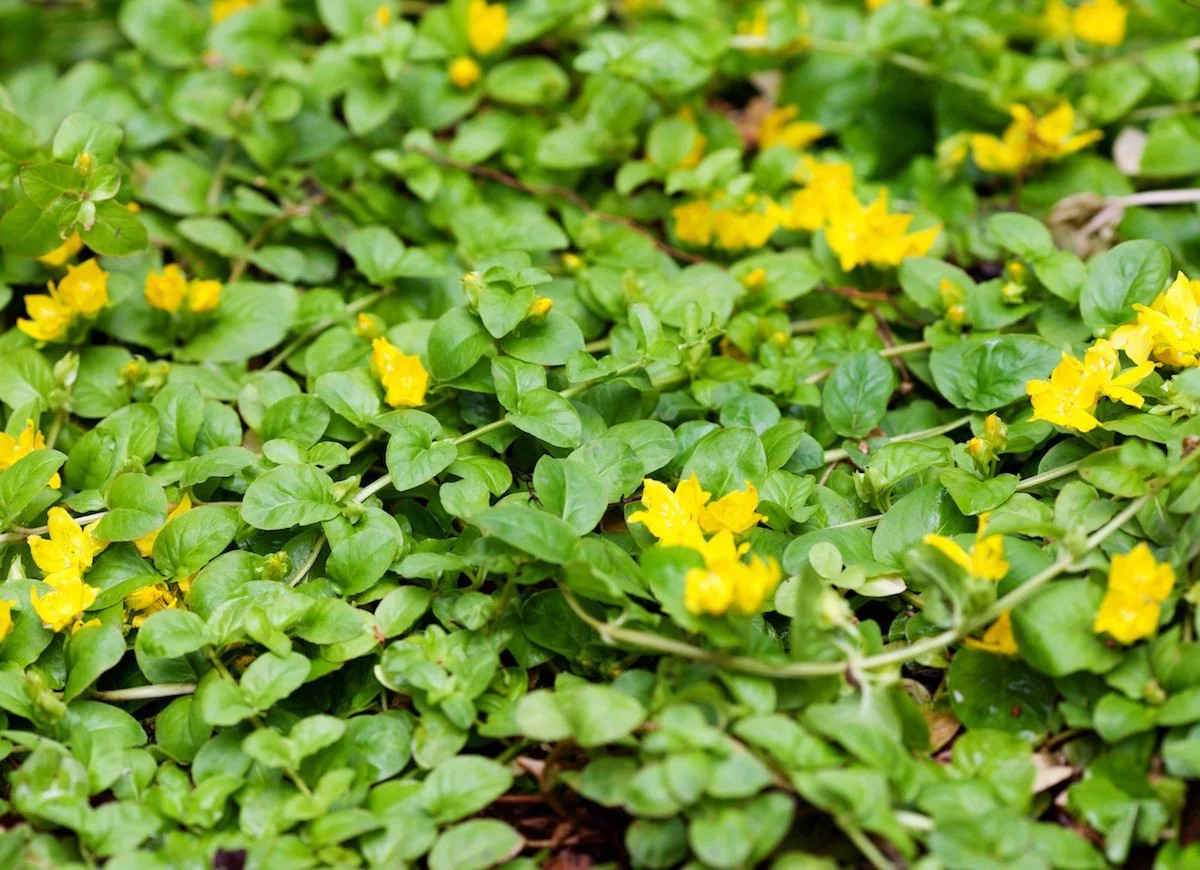
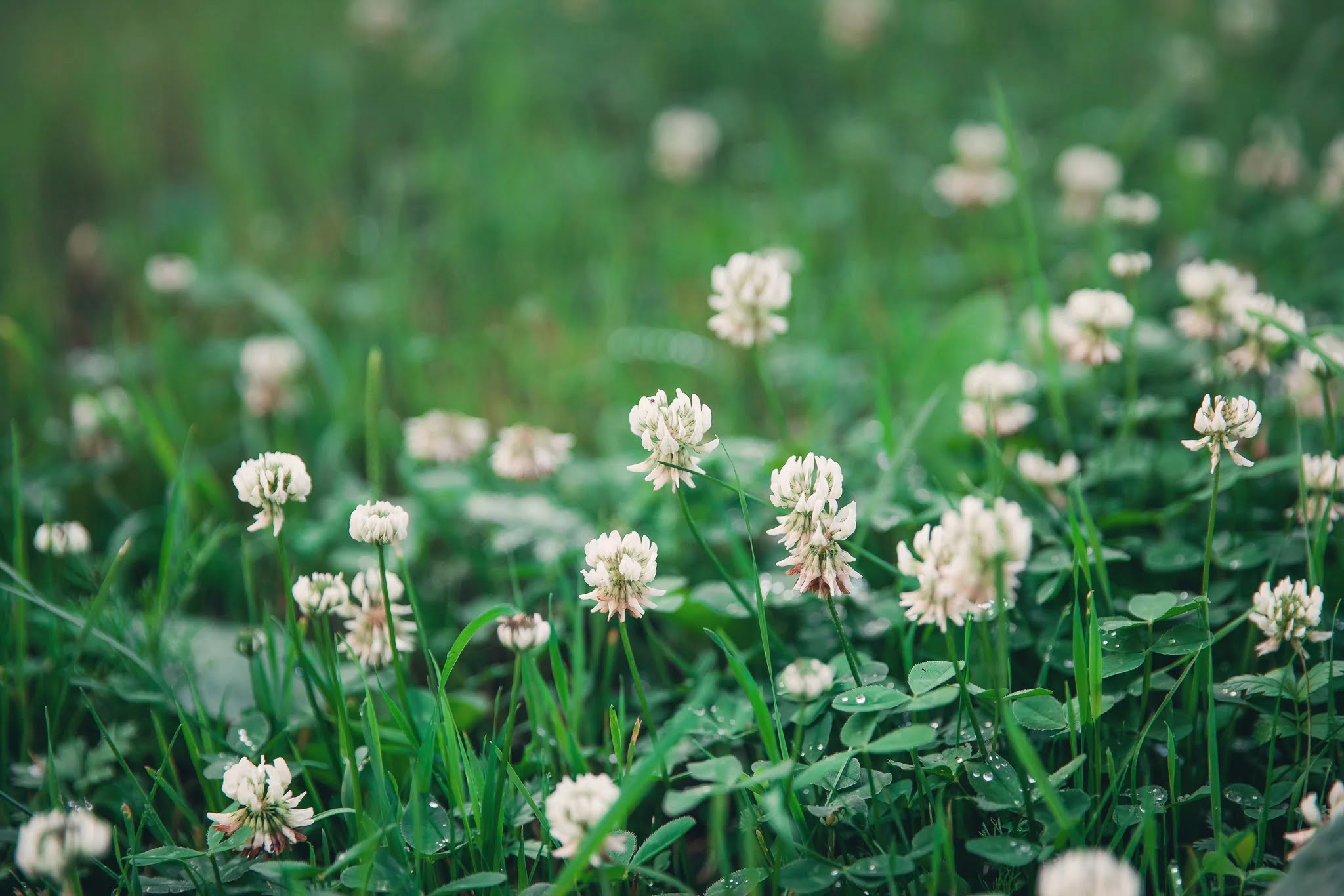
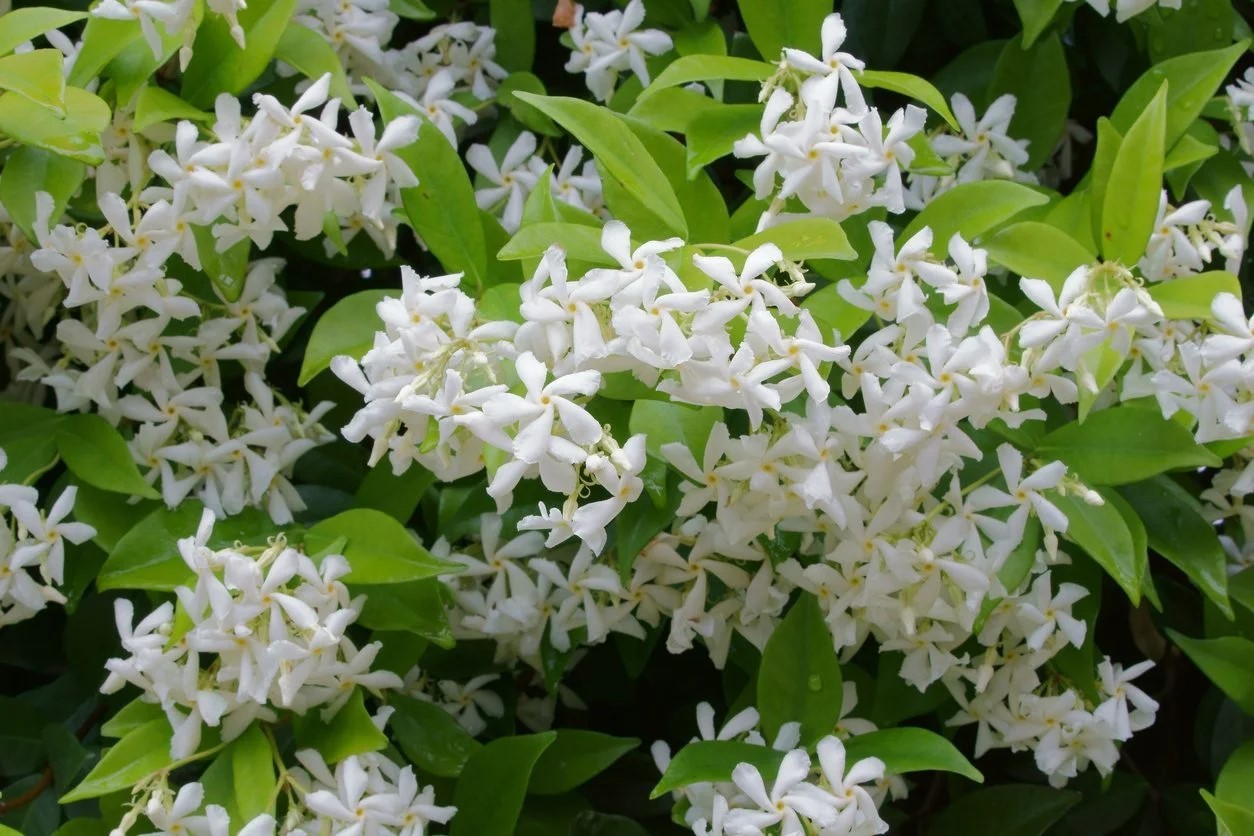
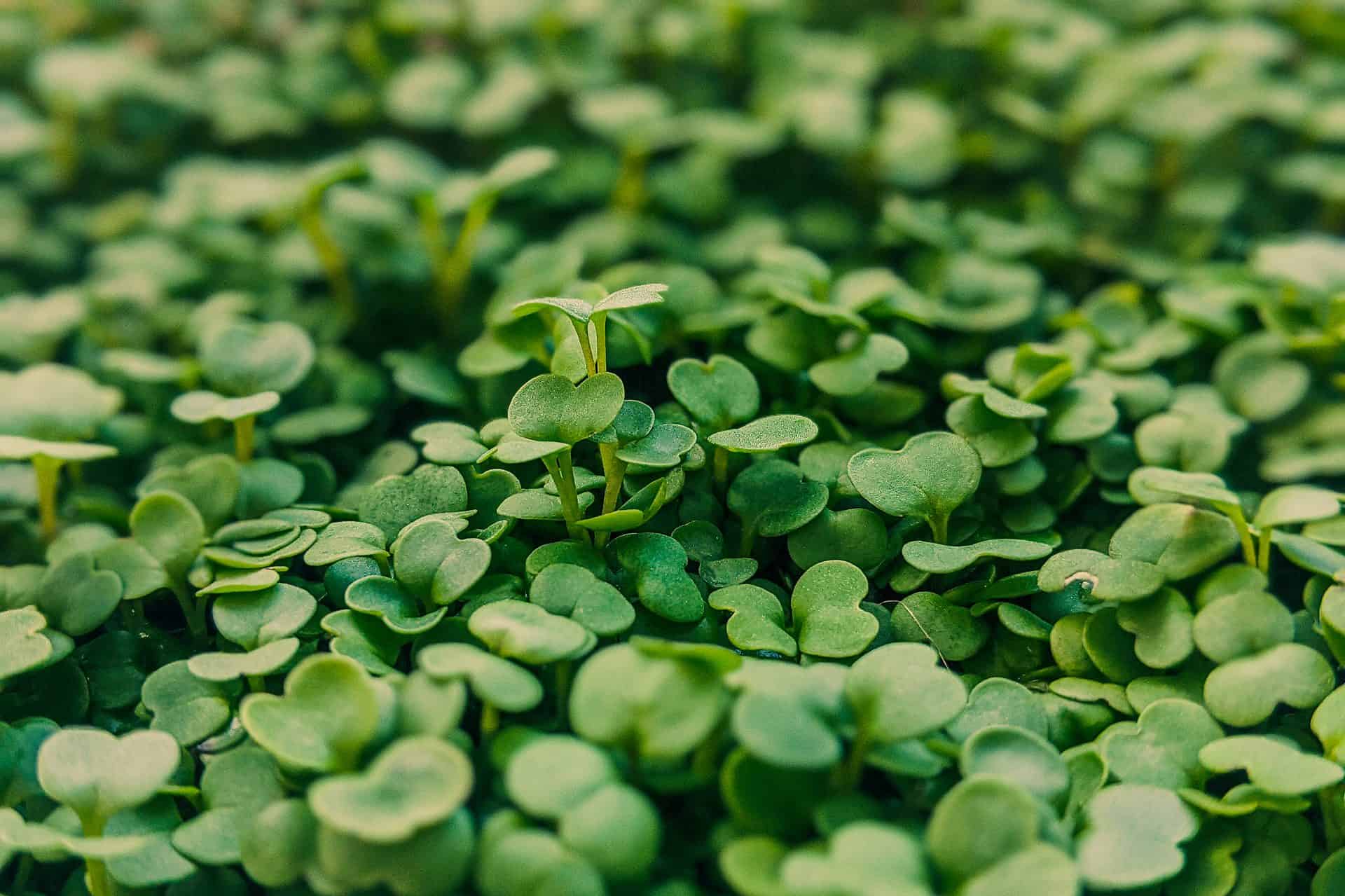
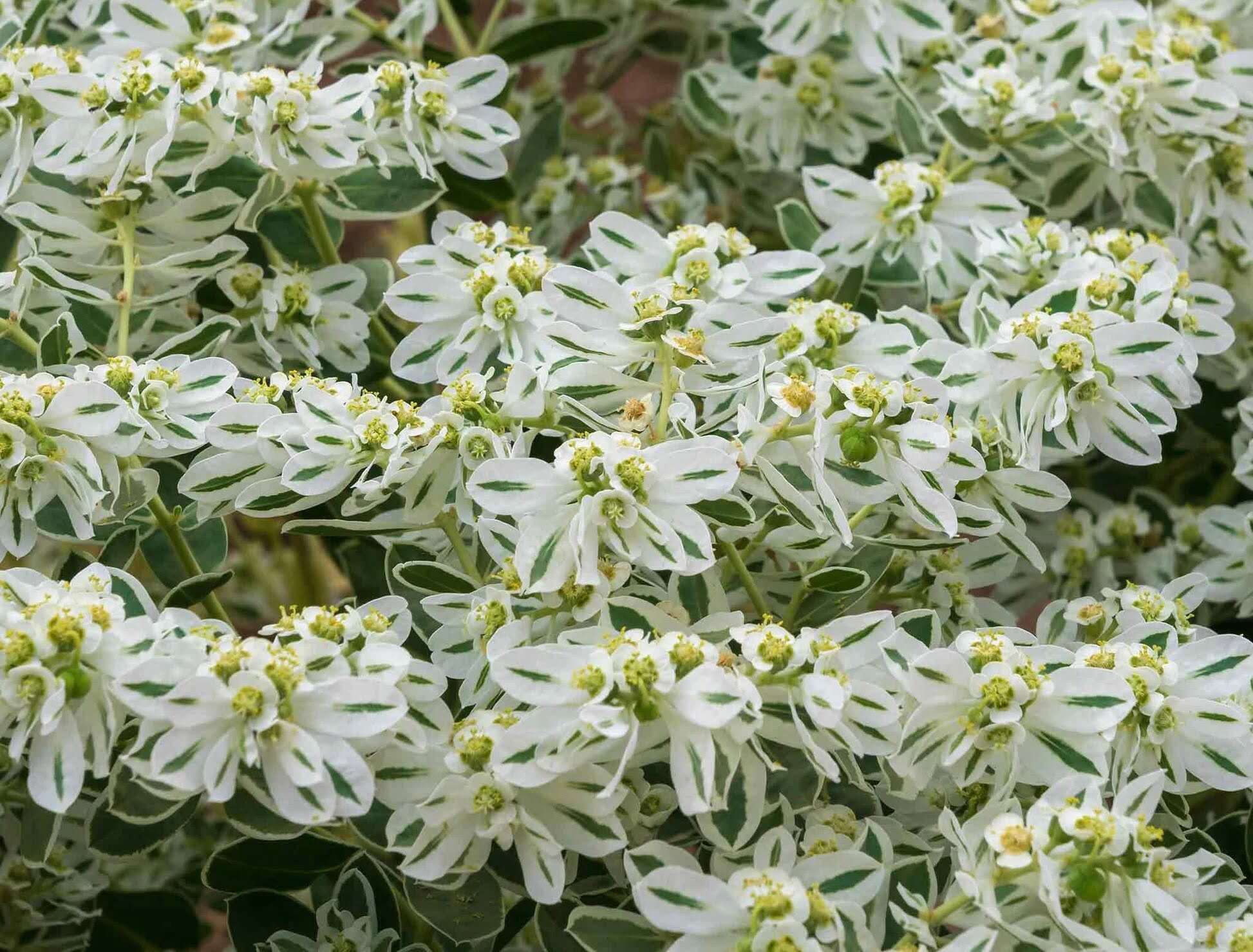
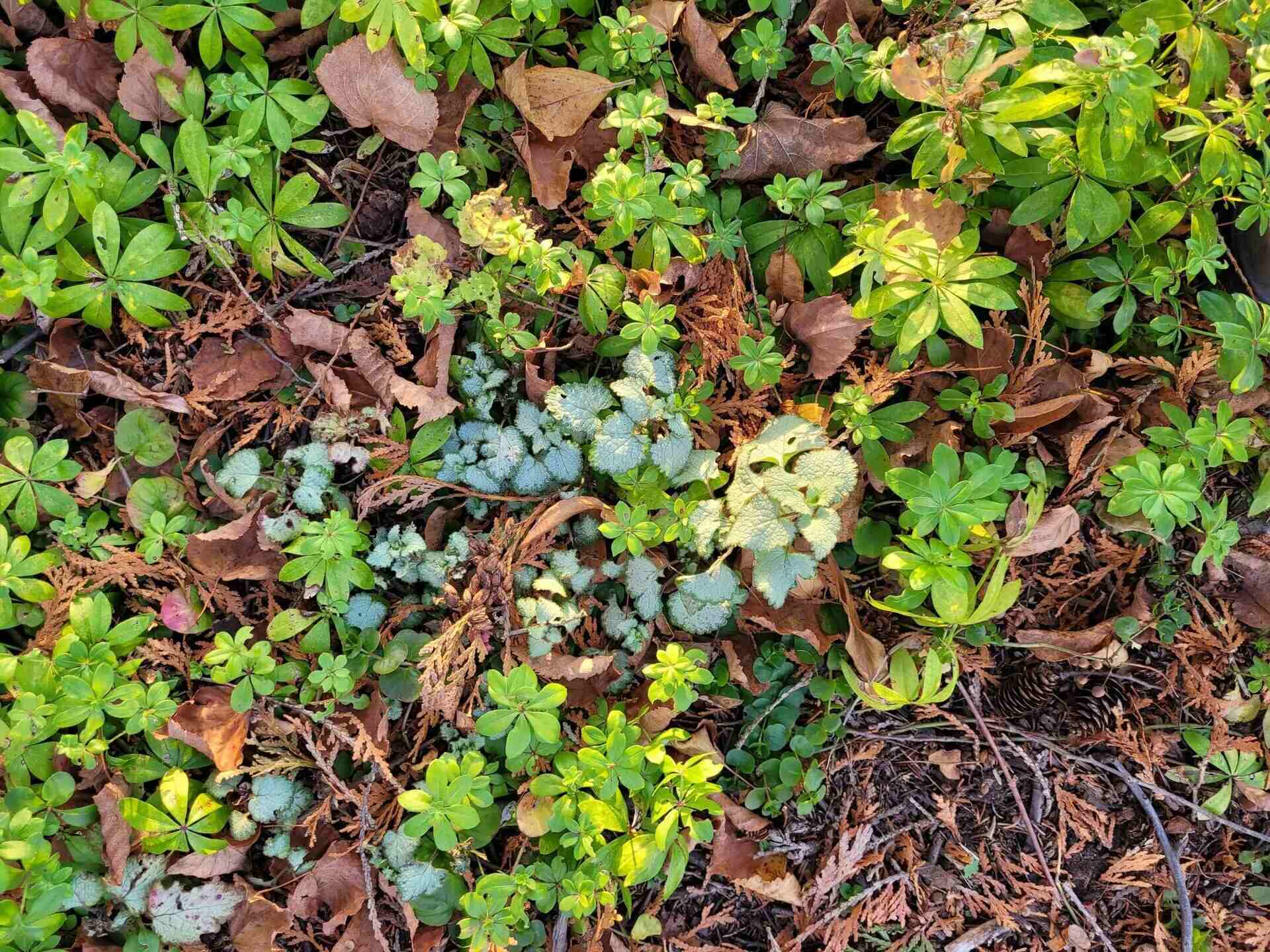
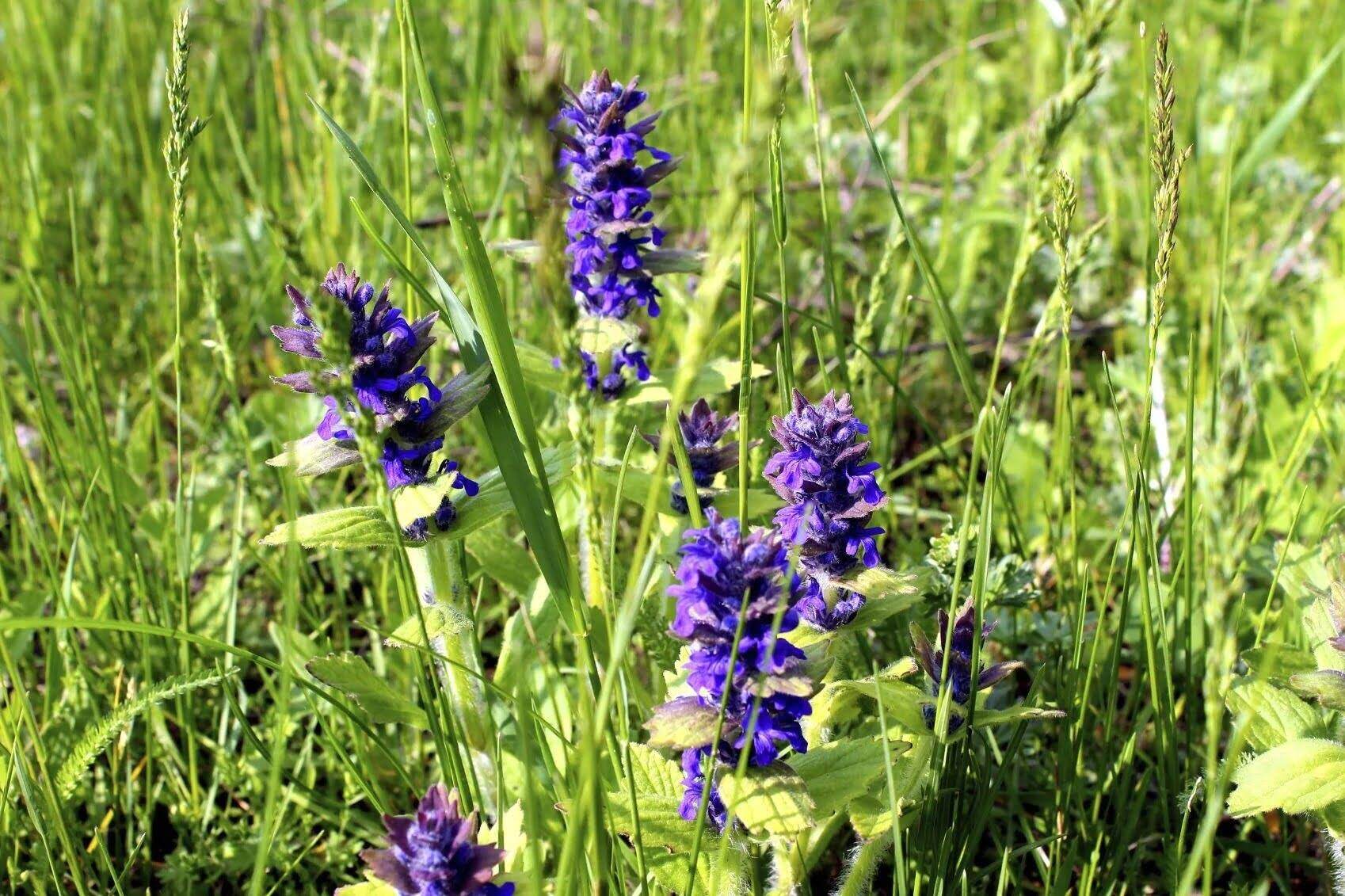
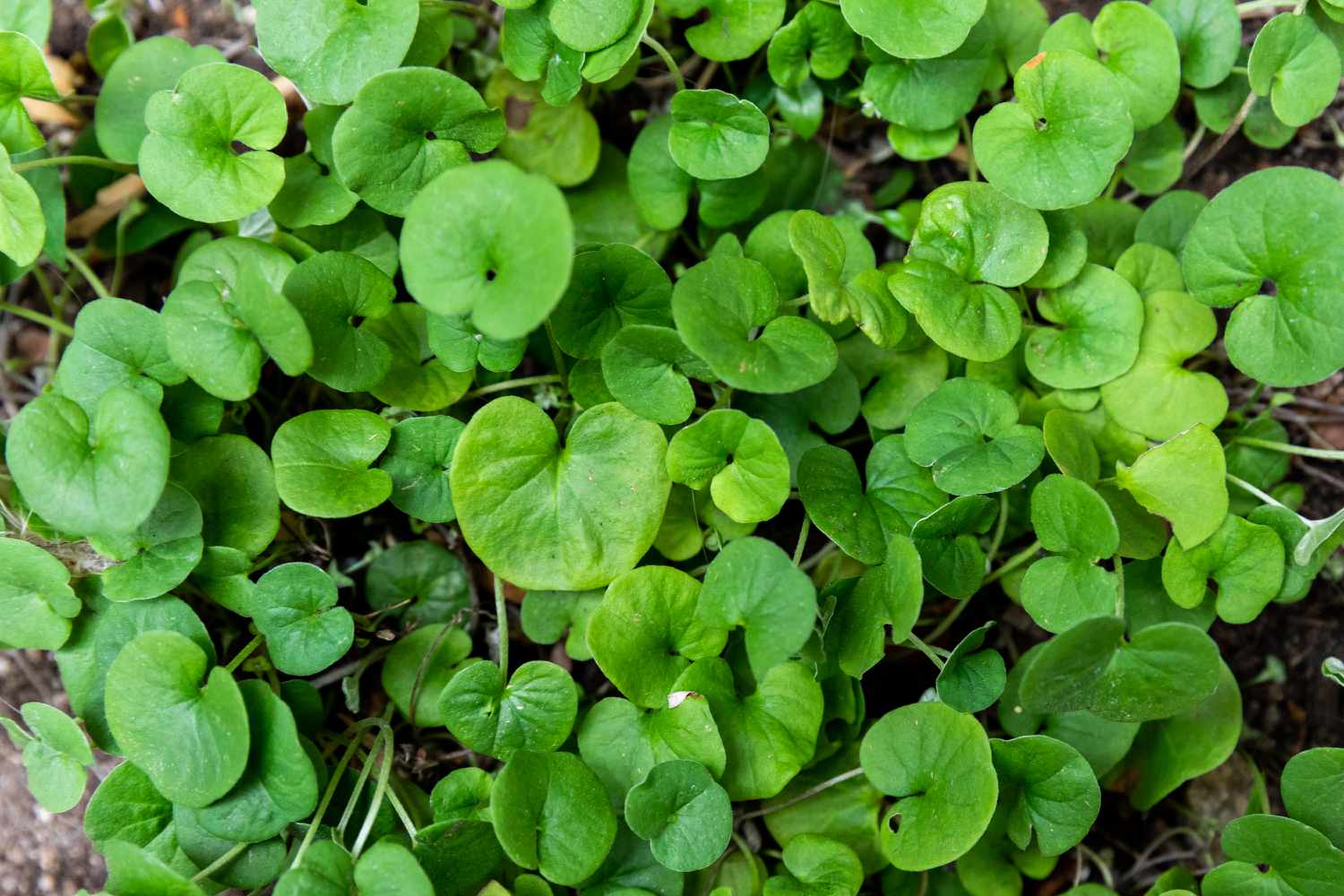
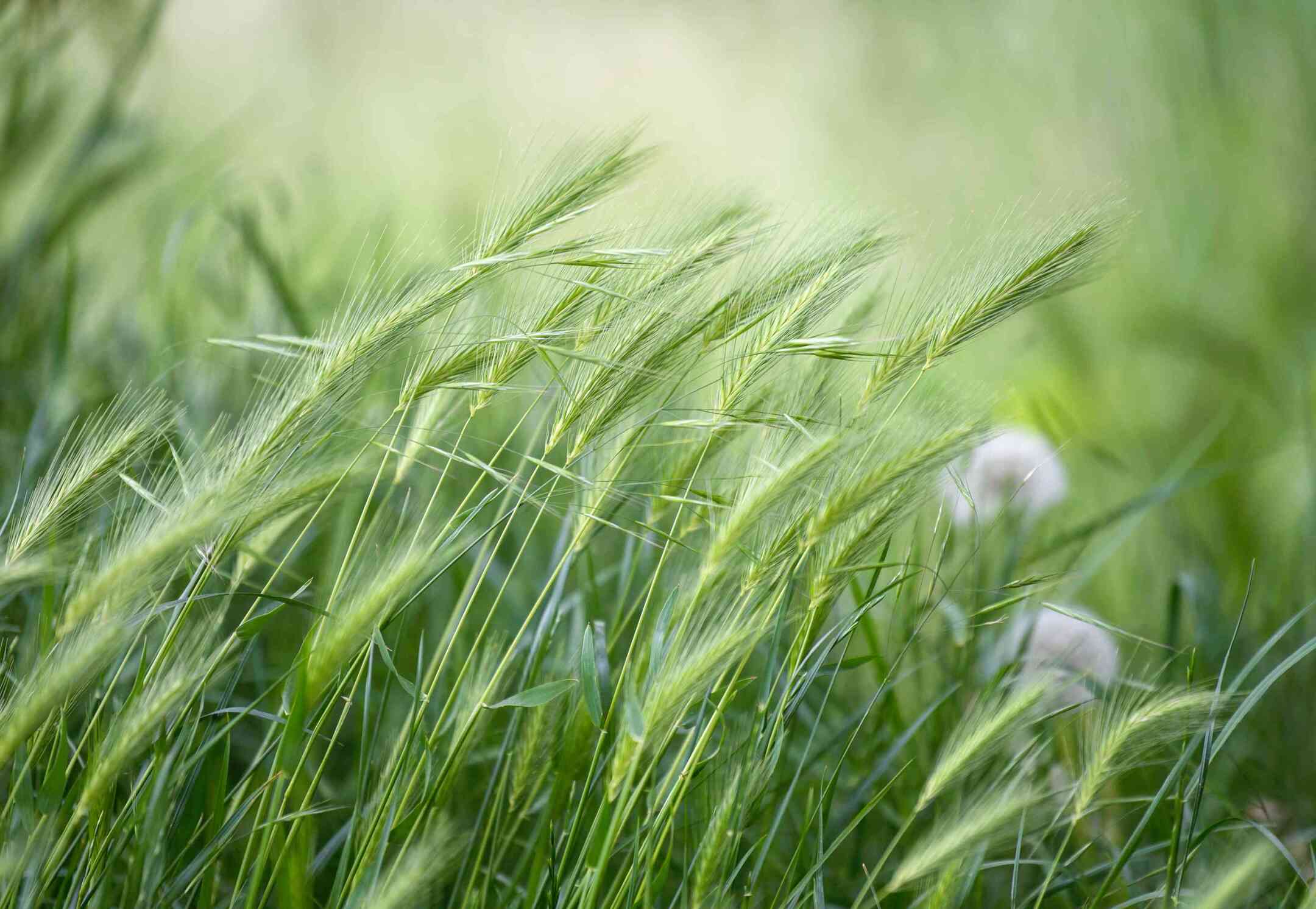
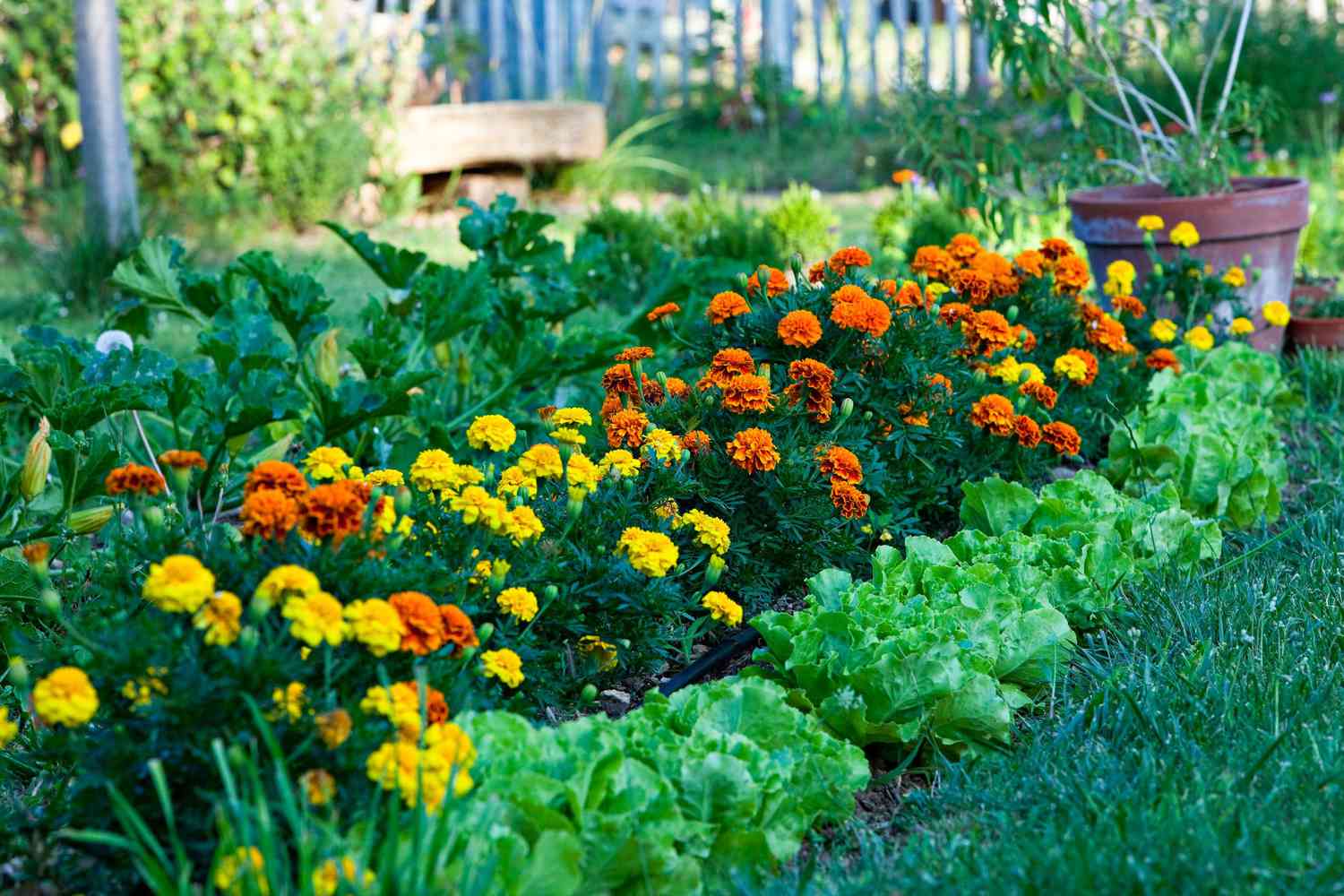
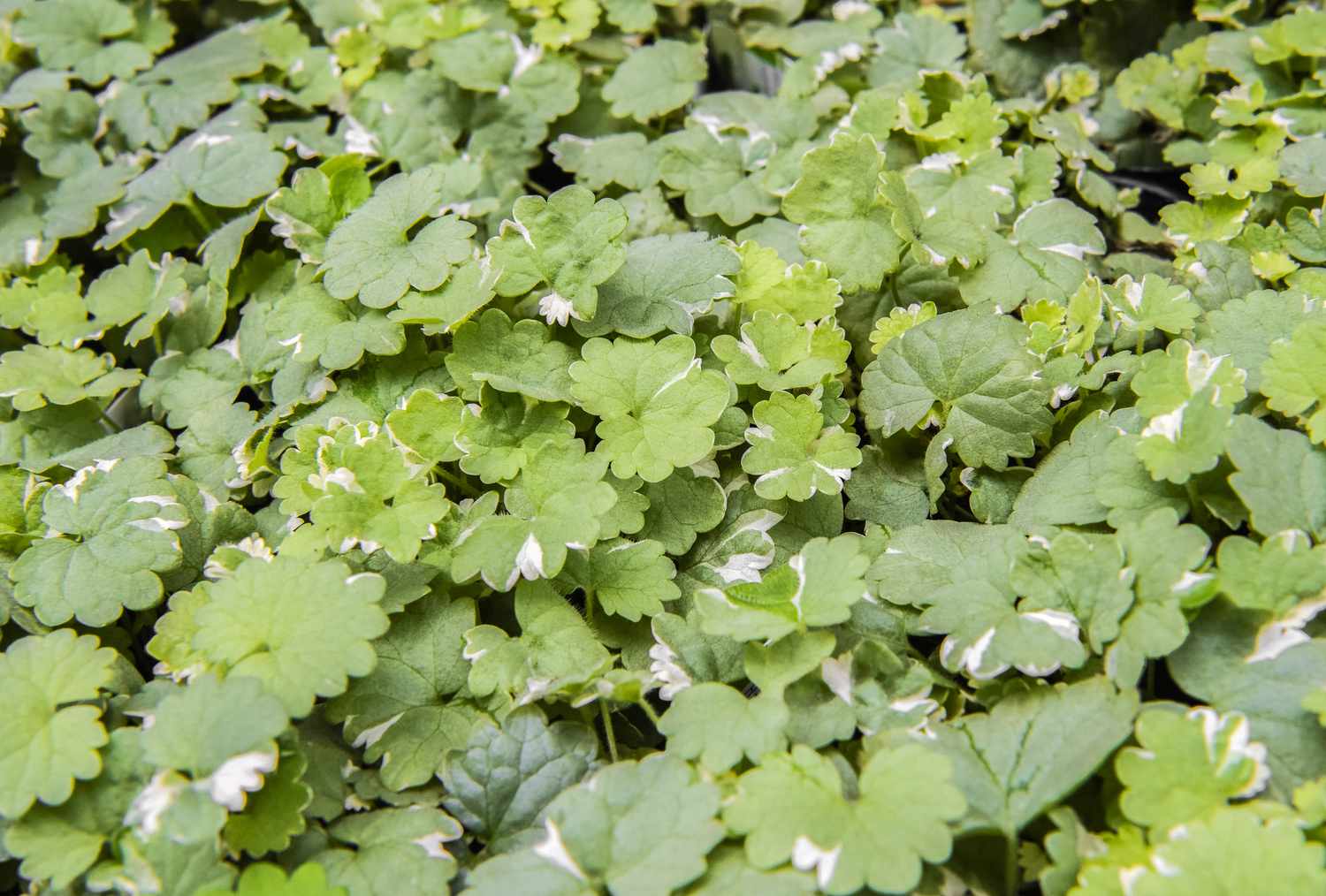
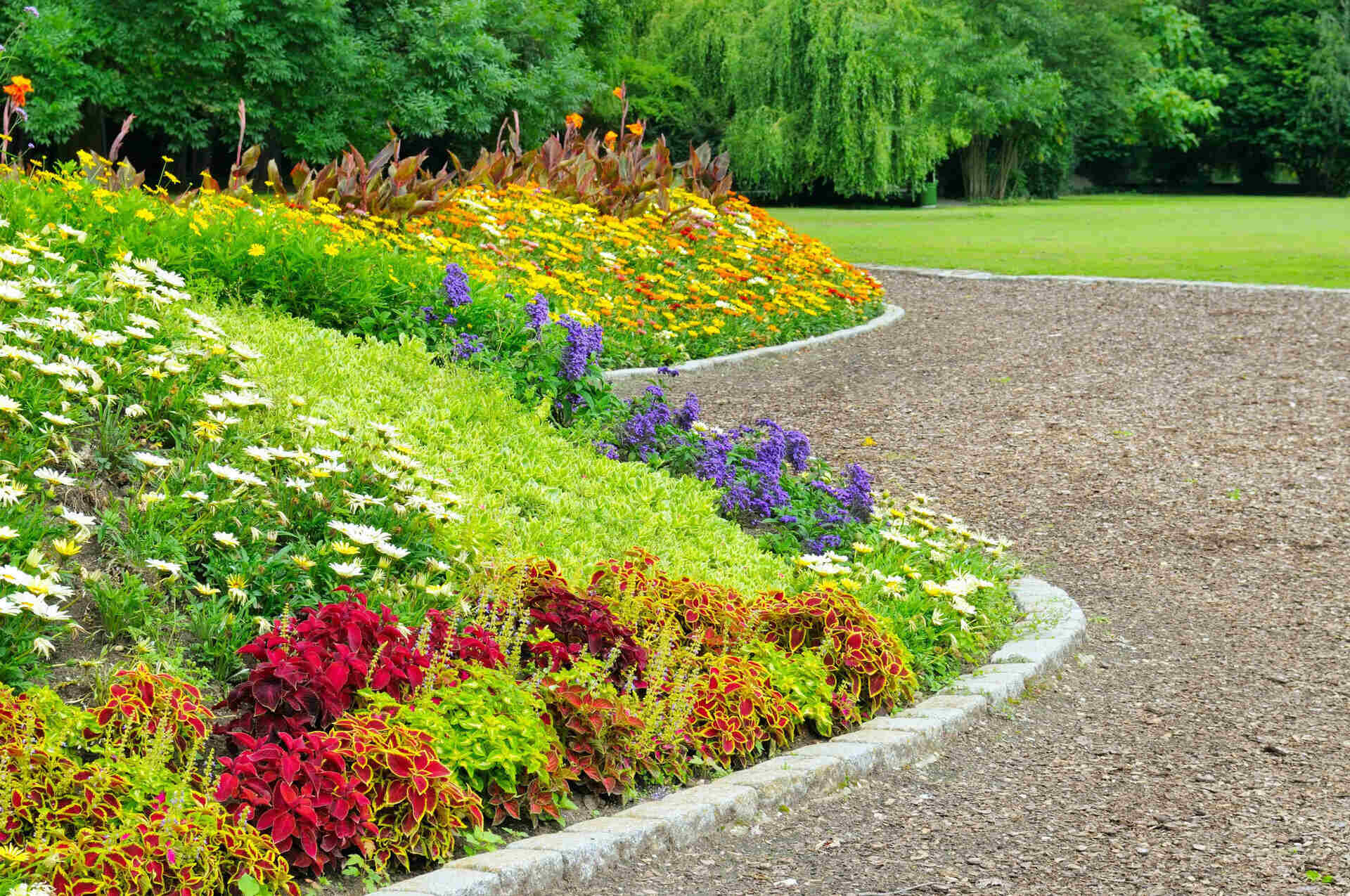
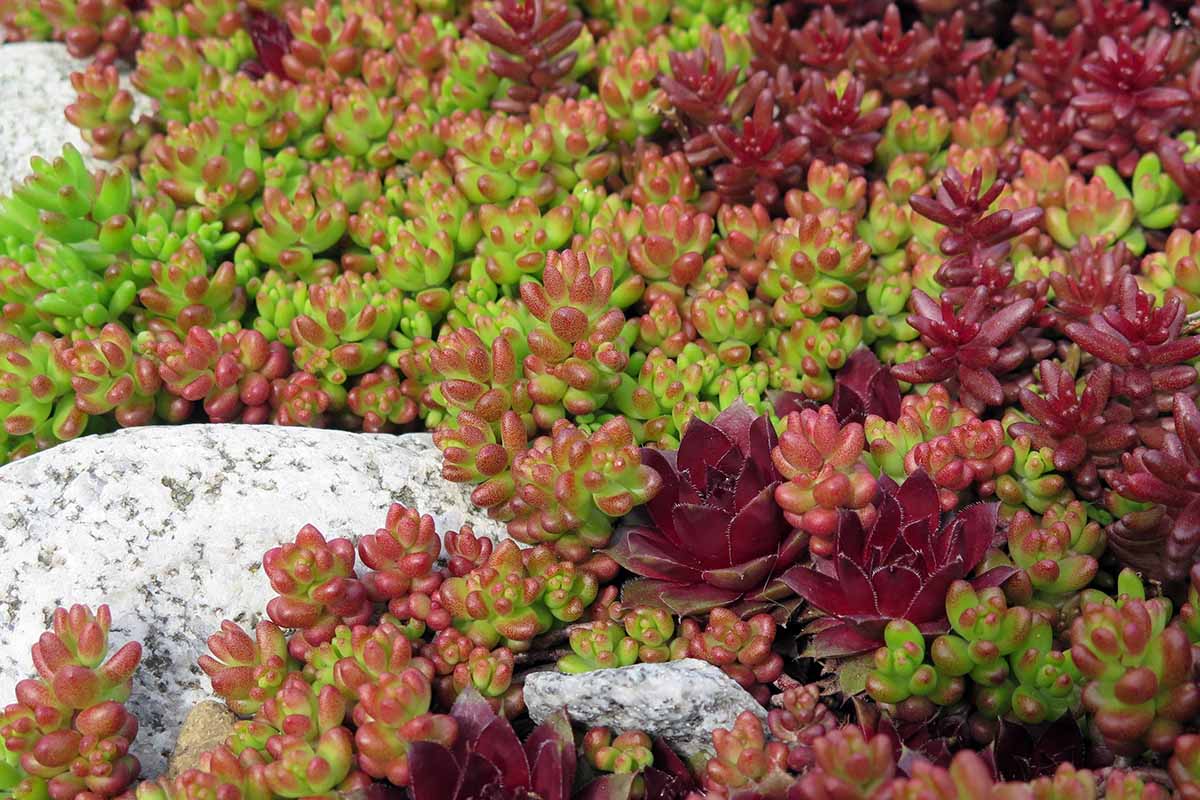
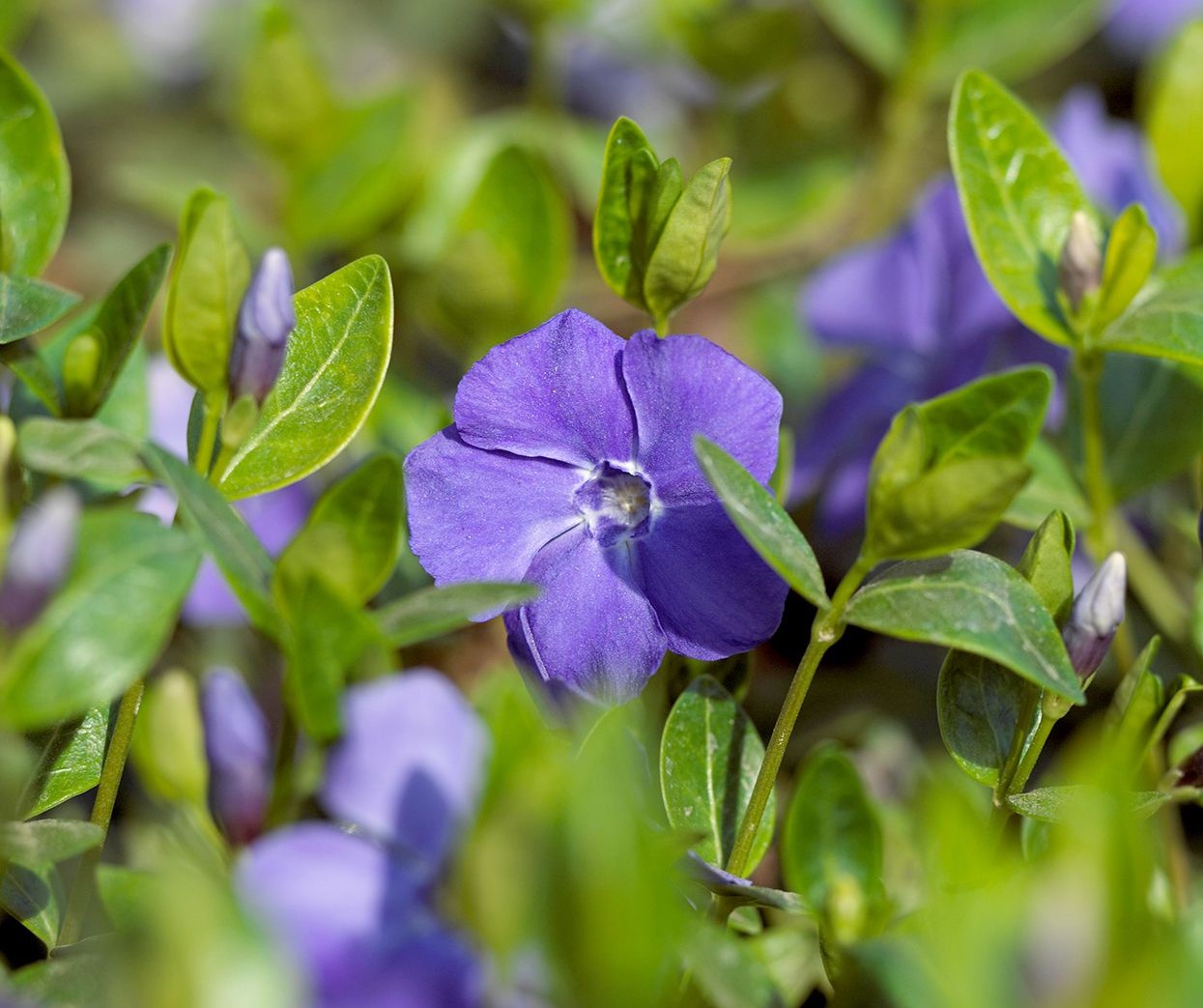

0 thoughts on “How To Get Rid Of Jasmine Ground Cover”